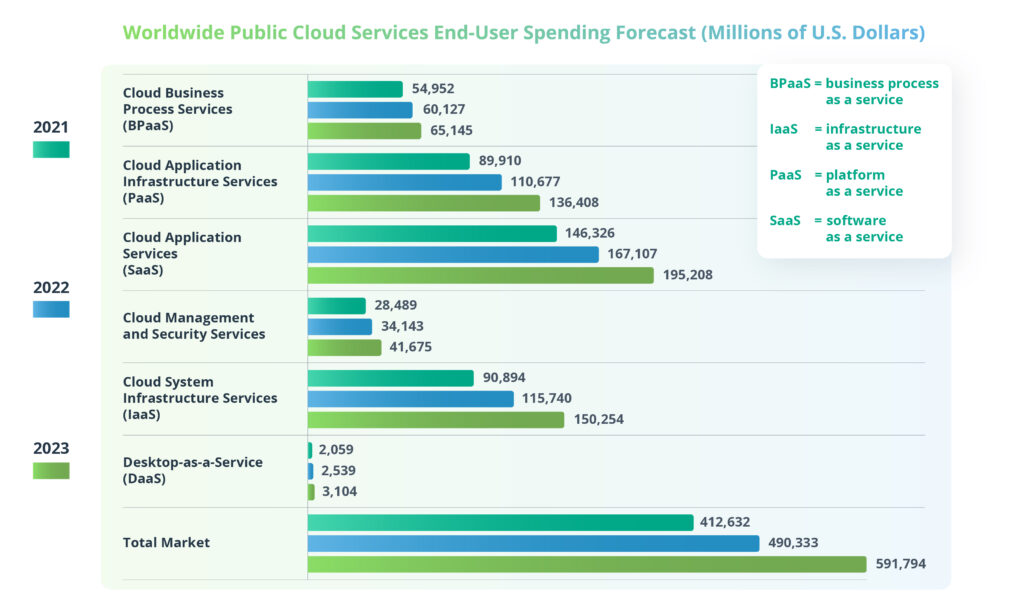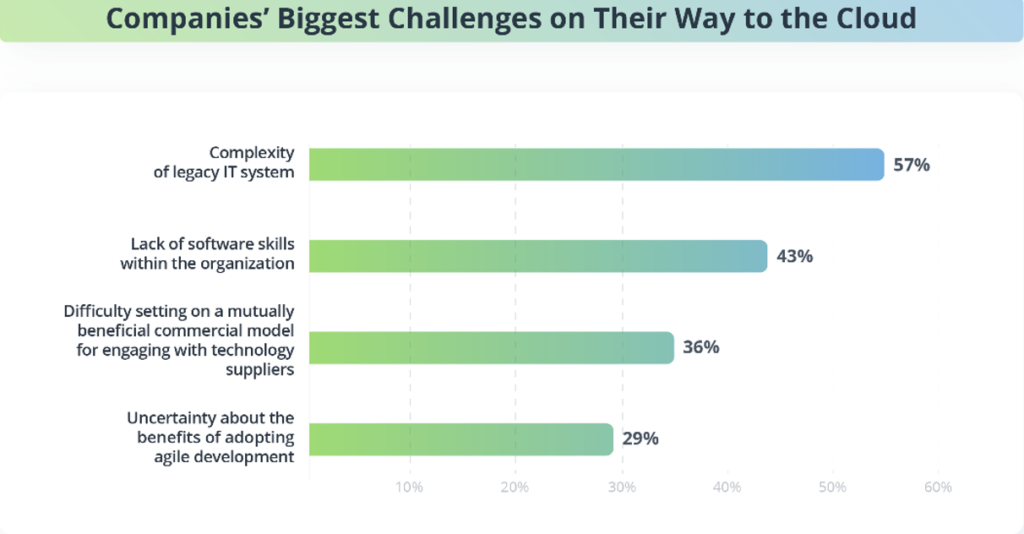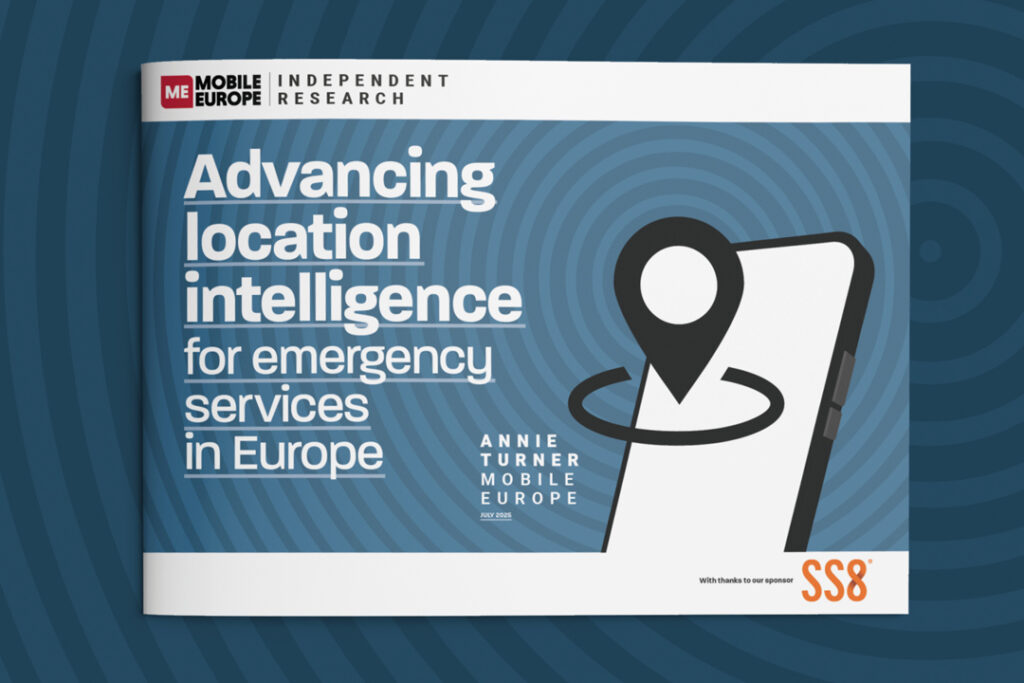Sponsored: How do difficult times turn into transformation opportunities?
As a kid, I had an agreement with my parents: roller skates for a completed school year. Year after year, I brought home good news about my studying and only good marks. But no roller skates appeared in my teenage life. My parents have been too afraid of bruises, broken knees, and concussions, as we discovered over a recent dinner. But as a teenager, I dreamed about speed.
Telco migration to the public cloud reminds me of my roller skates. Even though over 95% of overall digital workloads will be handled on cloud-native platforms by 2025, as Gartner states, telcos are still hesitating. But cloud native in telecom could bring them desired speed and agility even in times of uncertainty, not in their dreams.
To leash or not unleash in uncertain times
To leash or not to leash to the public cloud seems Shakespearean for telcos with their fear of hyperscalers lock-in. However, it is predicted that telcos will be highly impacted by cloud migration for telecommunications, bringing an average 7% EBITDA margin by 2030, outrunning many other industries.
Are you worried about cloud migration in times of economic slowdown? Who is not? Meanwhile, there are crucial steps you can take to strengthen your telco while undergoing cloud migration. The global slowdown is not the first time we have had such volatility, and it won’t be the last.
Moreover, the slowdown has highlighted the need for digital transformation to stay resilient and competitive. Cloud migration for telecommunication may digitalize critical business needs as a purposeful adaptive strategy, reducing energy costs. Adopters of telecom cloud become trendsetters, as having undergone cloud migration, they demonstrate considerable agility, increase their cost savings, and broaden their digital service portfolio.
For example, due to cloud migration, China Mobile saved 30% of its operational costs. Also, cloud adaptation results in better 5G readiness and open API architecture. Commentators expect that global slowdown would hit harder developing markets, but we expect – based on decades of experience – that the telco sector will be more resilient than projected.
In spite of the rapid shift towards cloud-based IT and network infrastructure, mobile network operators (MNOs) are confronted by managing highly complex IT landscapes, where some workloads are executed in the cloud, while others are processed in MNOs’ own data centers, and various other hybrid configurations in between.
Some workloads are not suitable for migration to the cloud, owing to factors such as cost, security, or latency. I envision that MNOs will continue adopting cloud services at an accelerated pace and also investing in multiple cloud provider capabilities to diversify away from a single platform. After all, the interactions between hyperscalers and MNOs are and will remain complicated due to their dual roles as competitors and collaborators.
So, this is high time to allay all the fears by adopting effective strategies for telco migration to the public cloud. Let’s close up on the challenges of telecom cloud solutions providers.
Six telco cloud migration challenges
Gartner forecasts worldwide end-user public cloud services to grow 20.7% ($591.8 billion) in 2023, up from $590.3 billion in 2022, notably higher than the 18.8% forecasted growth in 2022.

Public cloud services prove to be an effective tool for enterprise digitalization. Sig Nag, Vice President Analyst at Gartner, states that current inflation and macroeconomic situation are causing a push and pull effect related to cloud spending. Yet challenges may arise on your digital transformation journey.
Six migration challenges
Technical issues
Challenge: Technical tasks that might stand as stumbling blocks at his stage include introducing ancillary, OTT, IoT, and cloud services, decentralizing digital structure, dealing with operational complexity, and upgrading legacy systems.
Solution: Fortunately, telco companies can learn from the past by making bold moves such as cutting operating expenses and deleveraging the balance sheet sharply. One of the brightest examples of recent years is AT&T, which has moved its mobility network to Azure to deliver cost-efficient 5G services at scal
Scarce skills & talent pool
Challenge: Readiness to learn and acquire new skills always depends on different factors and comes as a potential internal challenge. According to TM Forums’ survey of telco representatives, the lack of software skills is one of the most significant stumbling blocks on their way to cloud migration.

Solution: Suppose a lack of internal expertise or experience in cloud-related areas at telcos’ IT departments is a block for cloud migration. In that case, operators tend to partner with external providers to cover the gaps. For example, one of our clients, a major national telco providing mobile and broadband data transmission services to over 23 million subscribers, turned to our expertise in AWS migration for seamless big data analytics.
After transferring to AWS, our client opened broad opportunities to optimize resource costs. Also, moving analytics and business intelligence to the cloud improved customer retention by proposing subscribers more personalized services.
DevOps consulting + cloud consulting
Challenge: Cloudization means adopting DevOps practices and turning to cloud consulting. DevOps will bring such practices as Infrastructure as Code (IaC), release and QA automation, and continuous integration and delivery (CI, CD).
Solution: Adopting DevOps is a way to avoid downtimes and decrease the number of errors and failed deployments. For example, one of our clients, a leading German telecom service provider, needed to transform its business support systems (BSS). As a result, we ensured a seamless BSS transformation by using cloud-based solutions, a microservice architecture, and multi-cloud deployment.
Conservatism
Challenge: Switching to the public cloud might seem like breaking business stability. However, as Rainer Kellerhals, Microsoft Media & Communications Director for the EMEA region, says, those willing to embrace digital change would retain their customers.
Solution: For example, Sateliot, a Spanish satellite telco, offers connectivity solutions for utilities, agriculture, oil, gas, and maritime. Sateliot merges terrestrial networks and satellites under 5G protocols. The Barcelona-based company recently launched its first satellite aboard a SpaceX Falcon 9.
False migration, inefficient plans
Challenge: “False migration” means postponing mission-critical apps (for example, financial management platforms, CRM, and ERP systems) but starting migration of non-mission-critical ones first.
Solution: The IBM report warns about potential challenges that might be caused by false migration: from the potential for business disruption to data format challenges. So, planning to migrate some network components in the foreseeable future while missing critical apps is a mistake.
Security
Challenge: Render public clouds could be vulnerable to outside threats. Telcos should be beware of unstable environments built by operators and potential risks for IoT devices (as a part of broader IoT infrastructure). Many third-party integrations and even insider threats could also entail risks.
Solution: There is a saying: security does not pay, as its implementation might be expensive, causing a trade-off between performance and security. However, prioritizing revenue and performance over security heightens risk and creates more space for attack. Such a trade-off could be damaging in the long run. That’s why improving security means increasing the return on investment in the long run.
Wrapping up
Telco migration to the public cloud will become a way to adapt to the customers’ changing demands and become a trend to follow. Even in times of uncertainty, telcos may turn risks into profits by leveraging the power of the cloud. Despite conservatism and fear of challenges in your way of cloudization, the game is worth the candle. Cloud will bring a scalable, elastic, and agile future for telcos, so it’s worth preparing today to enter it as a go-getter.
About Intellias
Intellias is a global technology partner to Fortune 500 enterprises and top-tier organizations, helping them accelerate their pace of sustainable digitalization. Intellias empowers businesses operating in Europe and the US, as well as the MENA and APAC regions, to embrace innovation at scale. The company has been featured in the Global Outsourcing 100 list by IAOP, recognized by Inc. 5000, and acknowledged in Forbes and the GSA UK Awards. With two decades of experience, Intellias is geared towards ensuring the sustained success of clients on their value journey. For more information, visit www.intellias.com.



